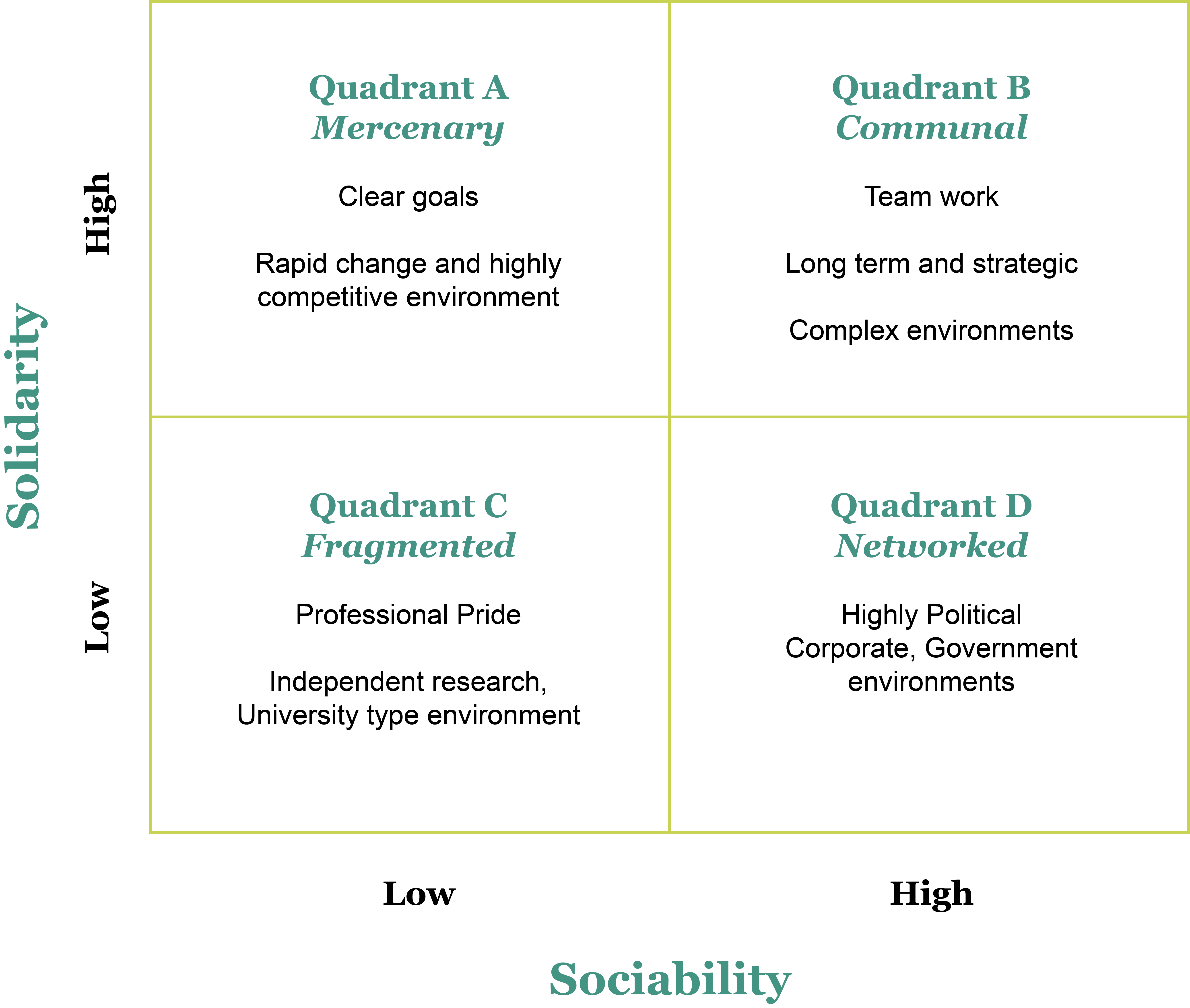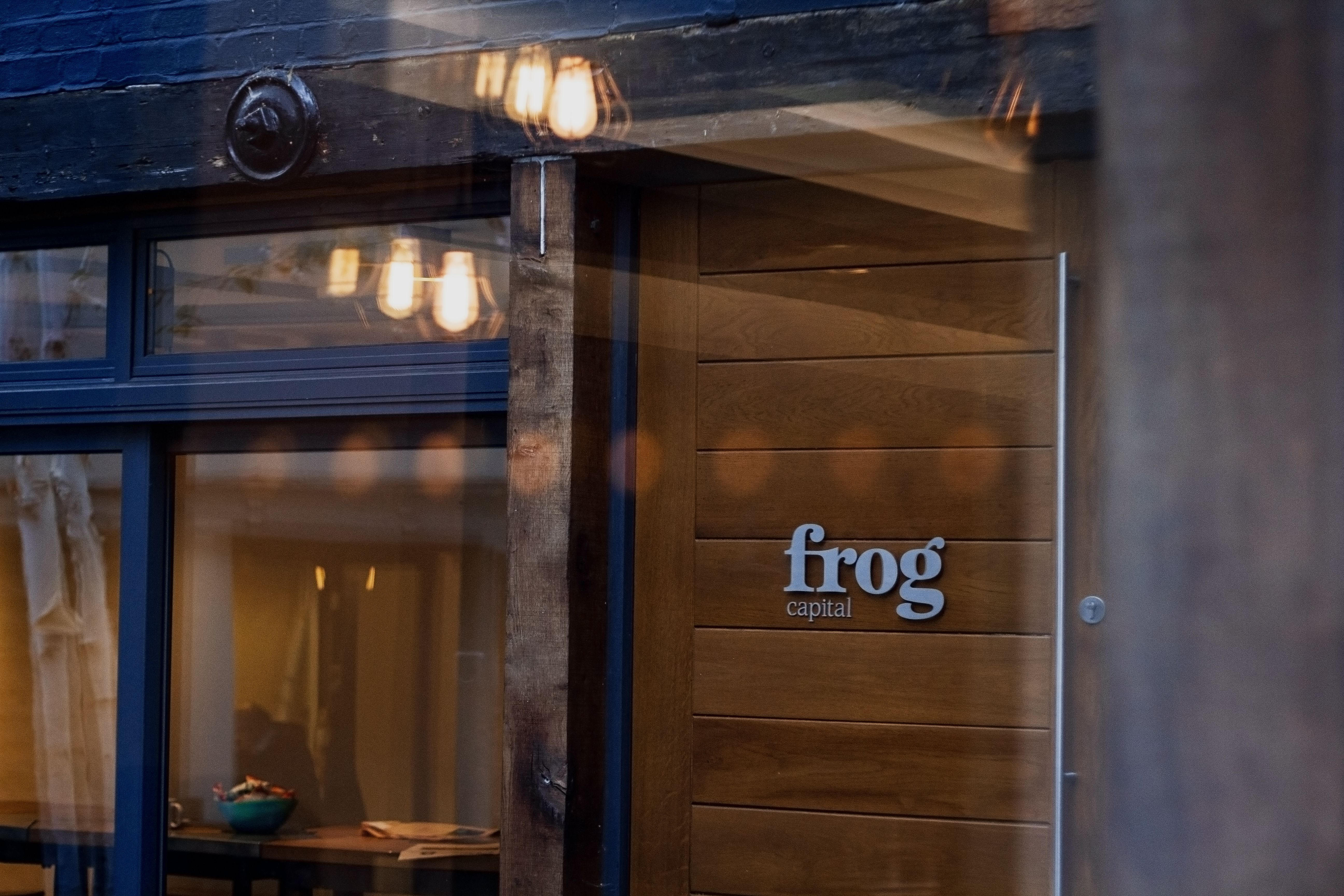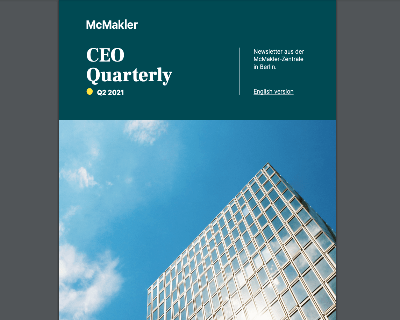Last Wednesday, Frog Capital and Balderton Capital had the pleasure to co-host an inspiring breakfast event with company culture at its core. Numerous case studies have demonstrated a direct link between a company’s culture and its long-term success. While most founders are aware of the importance of building a great culture, many struggle with evaluating and scaling their culture.
Shirin Dehghan, Operating Partner at Frog Capital, shared a tried and tested Scale-Up Toolkit to help CEO’s assess their culture, which she developed and implemented in her time as founder and CEO of Arieso. Kiana Sharifi, Head of Talent at Balderton Capital, shared several anecdotes of what CEOs need to avoid when building company culture.
We were delighted to welcome executives from the Frog and Balderton portfolios, as well as C-suite executives from fast-scaling European software companies across a diverse range of industries, including retail, AI/machine learning, edtech and fintech. The resulting variety of experiences and perspectives inspired an impactful discussion and free-flowing idea sharing.
Shirin and Kiana are fantastic speakers and delivered both powerful insights and entertaining anecdotes. Here are some of the key takeaways from the evening:
Does your company’s culture look like a dinosaur?
A very telling example of disconnected cultural understandings served as starting point: A few years ago, Shirin had asked the CEO of a large company how his company’s culture looks like. He drew a very detailed organisation chart. She then asked a junior employee the very same question anonymously. They drew a dinosaur’s body that was running backwards and the dinosaur’s head – detached from the body – but still moving forward. This illustration perfectly summarises how at times, leaders can perceive a company’s culture entirely differently to their employees. The exercise painfully brought to light how much the company lacked a common culture and understanding. While it took 18 months of hard work, the culture was ultimately successfully turned around by 180 degrees. Cultural change requires patience. But how do you know if your company requires a change at all?
Is your company’s culture mercenary or communal?
The case study presented by Shirin included a set of questions, that translated into a 2-dimensional area determined by an x-axis for socialability and y-axis for solidarity. Divided up into quadrants, the resulting area represents four different organisation cultures: Mercenary, Communal, Fragmented and Networked. Arguably, some of these labels possess stronger positive or negative connotations than others. Personal biases and preferences for one culture over another may become visible immediately. However, as with any quantitative measurement, it is crucial to understand the results on a purely cognitive, distanced and unemotional level.

In our particular case study, the labels “Mercenary” and “Communal” bring this discussion to the point. While every attendee had filled out their questionnaire to their purest and best knowledge about their company’s culture, not everyone enjoyed seeing their results: On one hand, attendees that found their company culture in the “Communal” bracket felt very positive and encouraged to share their results. On the other hand, attendees that landed in the “Mercenary” bracket felt seemingly inferior.
Do you treat your culture like a garden?
Kiana introduced an excellent idea that CEO’s should think of corporate culture like a garden. It’s important to work on it consistently and make sure it is well cared for. The garden can and should evolve or change and may be multi-faceted, but each distinct part of it requires attention and nurturing. Even if you are happy with the way your culture is, and it is working for your business, it is key to maintain that and not, ‘let the weeds grow’.
Three key elements
- There is obviously no right or wrong culture for a company; what might work in one sector might not attract or retain people in another.
- The strong language used is on purpose – when talking about a complex topic such as a company’s culture, it is simply necessary to find clear words and not hide behind vague expressions.
- Leaders should dare to be clear with its employees about the culture that they stand for, regardless of how this might be perceived; consistency and clarity should always win.
- * * *
Comments and questions from all attendees came fast and kept coming. Thank you to all our guests for making our breakfast event so memorable and sharing your stories, insights and experiences with all of us.












